使用寬帶電壓和電流反饋運算放大器時的應用基礎
Conclusions
Today's circuit designers enjoy a tremendous selection of high performance wideband op amps. Newer and increasingly better devices are emerging steadily, showing constant improvement on the speed versus power tradeoff. Where the feedback element needs to be adjustable or is capacitive, a voltage feedback or fully differential device is the preferred solution. Where gain flexibility or frequency response shaping is desired in a low-power implementation, and dc precision is a secondary concern, a current feedback device would be the first choice. Many applications can use either a VFB or CFB device where issues such as the speed/power tradeoff, noise or dc precision become the deciding factor.
About the author
Michael Steffesis the Market Development Manager for High-Speed Signal Conditioning, and a Distinguished Member of the Technical Staff, at Texas Instruments Inc. With more than 25 years of experience in high-speed amplifier design, applications, and marketing, Michael currently provides product definition and customer design-in support.
Michael earned a BSEE from the University of Kansas and an MBA from Colorado State University. He shares several basic patents in high-speed op amp designs and has written more than 85 product data sheets, scores of contributed articles, applications notes and conference papers. You can reach Michael at ti8728499steffes@list.ti.com.
References
1. "Wideband Complementary Current Output DAC to Single-Ended Interface: Improved Matching for the Gain and Compliance Voltage Swing," Michael Steffes, TI application note SBAA135, click here.
2. "Fully Differential Amplifiers," Jim Karki, TI application note SLOA054D, click here.
3. "Low Power, High Intercept Interface to the ADS5424 14-bit, 105MSPS converter for undersampling applications," Michael Steffes, Xavier Ramus, TI Analog Applications Journal, 4Q2005, click here.




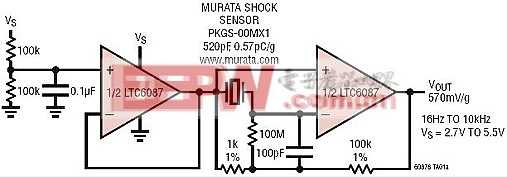
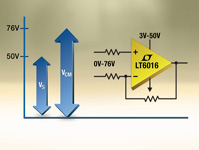

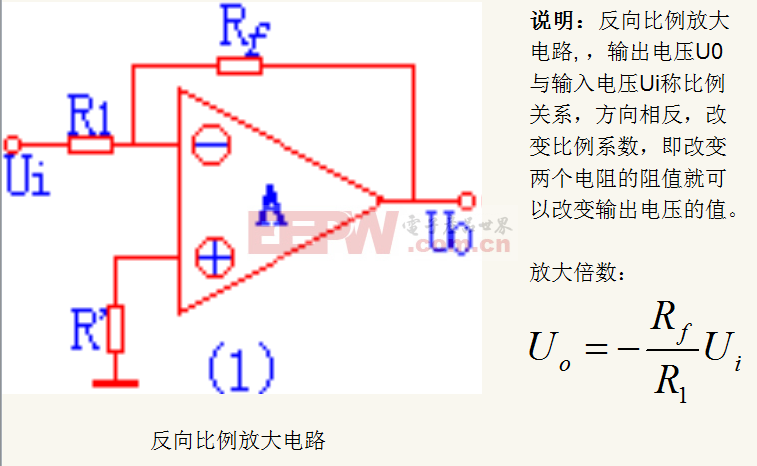

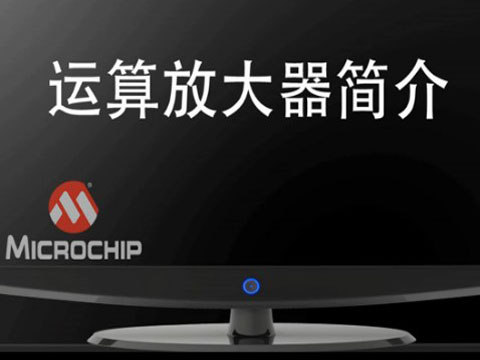
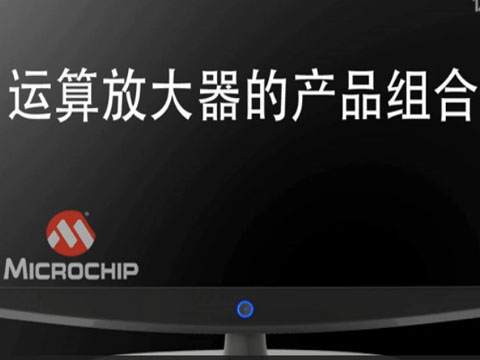
評論